
Embarking on an Agile Transformation journey is not just about adopting new methodologies; it’s about fundamentally reshaping the way organizations operate, collaborate, and deliver value. However, measuring the success of Agile Transformation can be complex, requiring a nuanced approach that goes beyond traditional metrics.
At the heart of measuring Agile Transformation success lies the alignment of organizational goals with Agile principles and practices. Organizations must establish clear objectives for their Agile Transformation journey, whether it’s accelerating time-to-market. It helps to improve product quality, enhance customer satisfaction, or foster innovation.
One of the primary metrics for measuring Agile Transformation success is the velocity of delivery. Velocity refers to the rate at which Agile teams deliver value in the form of working software or tangible outcomes. However, it’s essential to interpret velocity in conjunction with other metrics, such as team capacity, complexity of work, and stakeholder satisfaction, to gain a comprehensive understanding of performance.
Another critical aspect of measuring Agile Transformation success is the quality of deliverables. While speed is important, it should not come at the expense of quality. Organizations can evaluate the quality of deliverables through metrics such as defect density, customer feedback scores, and adherence to acceptance criteria.
Furthermore, evaluate Agile Transformation success based on how well it enables organizational agility and adaptability.. This can be measured through metrics such as cycle time, lead time, and the frequency of product releases. Additionally, the frequency of product releases reflects the organization’s ability to iterate quickly. It gathers feedback, and incorporates learnings into future iterations, driving continuous improvement and innovation.
In conclusion, measuring the success of Agile Transformation requires a holistic approach that considers multiple dimensions of performance, including delivery velocity, product quality, and organizational agility. The impact of their Agile Transformation initiatives and make informed decisions to drive continuous improvement. Moreover, achieve long-term success in today’s rapidly evolving business landscape.
The adoption of agile methodologies has become increasingly prevalent across industries as organizations seek to enhance their adaptability, responsiveness, and innovation capabilities. However, measuring the success of an agile transformation can be challenging, as traditional metrics may not fully capture the holistic impact of agility on organizational performance. In this blog post, we will explore various dimensions of measuring agile transformation success, including quantitative and qualitative metrics.
Before delving into metrics, it’s essential to understand the nature of agile transformation. Agile transformation involves a fundamental shift in organizational culture, processes, and mindset toward embracing agility as a guiding principle for decision-making, and collaboration. It includes adopting agile methods like Scrum or Kanban, cultural change, leadership alignment, and ongoing improvement efforts.
Time to Market: One of the primary goals of agile transformation is to accelerate time to market. Measuring the cycle time from idea conception to product delivery provides insights into the organization’s ability to respond quickly to customer needs and market changes.
Delivery Frequency: Tracking the frequency of product releases or deployments can indicate the organization’s agility in delivering value incrementally. A higher delivery frequency suggests improved efficiency and adaptability.
Productivity: While traditional productivity metrics like lines of code or number of tasks completed may not be directly applicable in agile contexts, metrics such as story points delivered per sprint or velocity can provide insights into team productivity and efficiency.
Quality Metrics: Quality is indeed a critical aspect of agile development, especially in the context of IT consulting services. Metrics such as defect density, customer-reported issues, or the percentage of automated test coverage. So, this can gauge the quality of deliverables and the effectiveness of agile practices in ensuring high-quality outcomes.
Customer Satisfaction: Ultimately, the success of agile transformation should be reflected in improved customer satisfaction metrics, such as Net Promoter Score (NPS), customer retention rates, or customer feedback surveys. Positive feedback from customers indicates that the organization is delivering value that meets or exceeds customer expectations.
Risk Metrics: Risk metrics are a way to measure many kinds of risks that an organization faces, including operational, financial, compliance, and strategic risks. Value-at-risk (VaR), likelihood of default (PD), volatility measurements, and infractions of regulatory compliance are a few examples. Risk metrics aid organizations in efficiently identifying and controlling risks.
Employee Engagement: Agile business transformation relies on empowered, engaged teams. Monitoring employee engagement levels through surveys, feedback sessions, or retention rates. It can provide insights into the impact of agility on morale, motivation, and job satisfaction.
Collaboration and Communication: Agile places a strong emphasis on teamwork and communication with stakeholders in order to advance the organization. Qualitative assessments of collaboration effectiveness, team dynamics, and communication transparency. This can help gauge the success of agile practices in fostering teamwork and alignment.
Learning and Improvement: Agile encourages a culture of continuous learning and improvement is essential for the growth of the employees in the organization. Qualitative indicators such as the frequency of retrospectives, the implementation of action items from retrospectives. Moreover, the adoption of new practices or tools reflect the organization’s commitment to learning and adaptation.
Adaptability: Agile organizations are characterized by their ability to adapt quickly to change for their further growth. Qualitative assessments of how well the organization responds to market shifts, customer feedback, or unexpected challenges. It can indicate the degree of adaptability achieved through agile transformation.
Leadership Alignment: Leadership support and alignment are crucial for the success of agile transformation. Assessing leadership engagement, commitment to agile principles, and role-modeling behavior can provide insights into the organization’s readiness for agile.
Empowerment and Autonomy: Agile transformation involves empowering teams to make decisions, take ownership, and self-organize. Cultural indicators such as the degree of autonomy granted to teams, empowerment initiatives. In addition, trust levels within the organization can reflect progress towards an agile culture.
Risk-Tolerance: Agile organizations embrace experimentation and risk-taking as essential components of innovation. IT consulting services can refine their approaches, optimize workflows, and deliver greater value to clients. Cultural indicators such as the organization’s willingness to experiment, tolerance for failure. So, celebration of learning opportunities can indicate the degree of risk tolerance fostered by agile practices.
Cultural Capital: The resources, abilities, and knowledge people have that help them engage with and traverse culture are referred to as cultural capital. Cultural capital measures track acquisition and exposure to cultural activities and education across socioeconomic groups.
Internal Stakeholders: In addition to customer satisfaction, it’s essential to consider the satisfaction levels of internal stakeholders, including employees, managers, and executives. Surveys, feedback sessions, and one-on-one discussions can provide valuable insights into stakeholder perceptions of the impact of agile transformation on their roles and responsibilities.
External Stakeholders: External stakeholders, such as partners, suppliers, and investors, also play a crucial role in the success of agile transformation. Monitoring their satisfaction levels, feedback on collaboration experiences, and perceived value delivered by the organization. It can help assess the broader impact of agility on stakeholder relationships.
Measuring the success of agile transformation requires a multifaceted approach that goes beyond traditional quantitative metrics. While quantitative metrics provide tangible indicators of performance, qualitative assessments, cultural indicators, and stakeholder satisfaction. So these are equally important in capturing the holistic impact of agility on organizational effectiveness, innovation, and culture. By adopting a comprehensive measurement framework that encompasses these dimensions. The organizations can gain deeper insights into the success of their business transformation initiatives and drive continuous improvement toward greater agility. So, these resilience in an increasingly dynamic business landscape helps for development of the organization. For more information, visit our website.
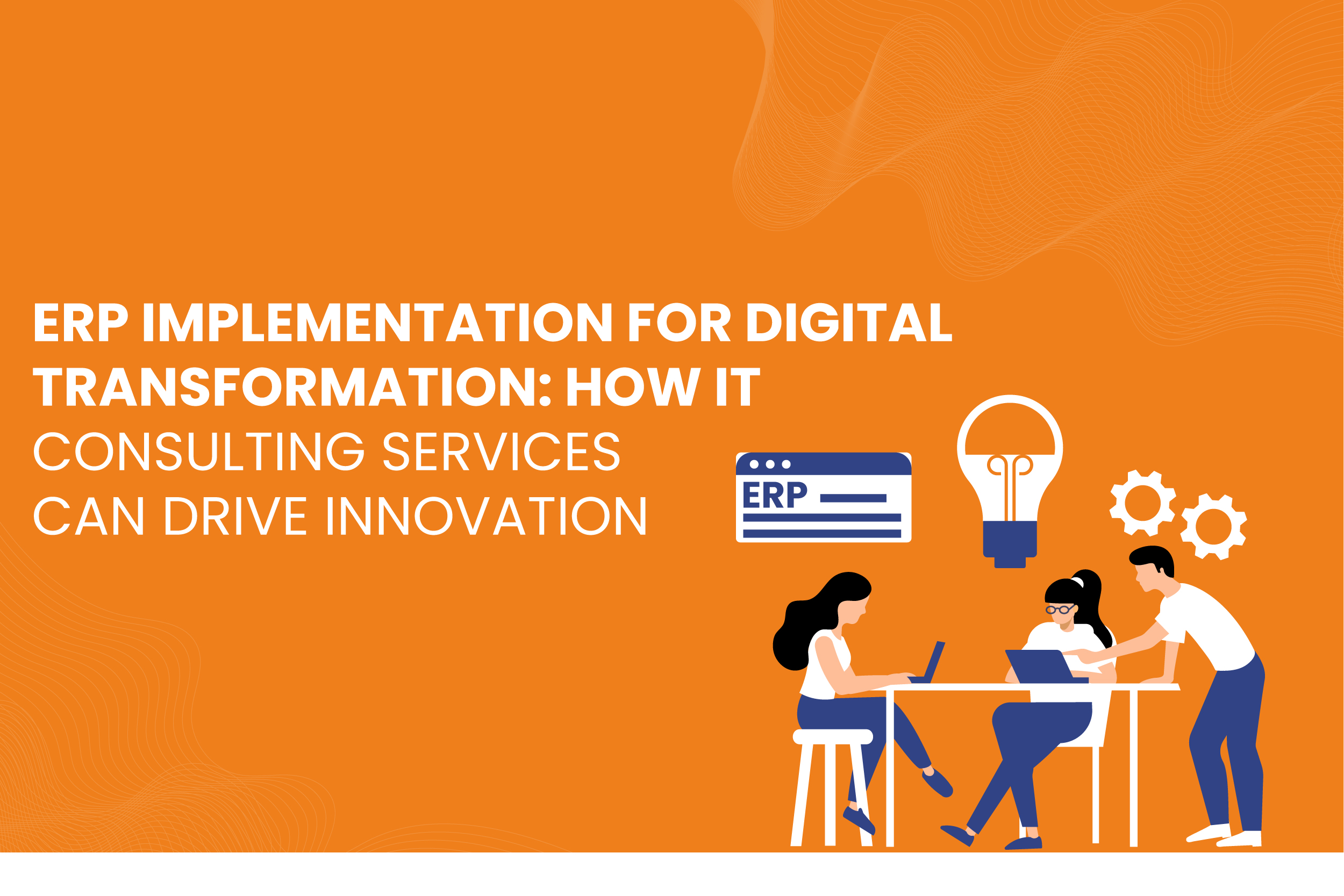
In today’s fast-paced digital landscape, businesses must adapt to changing technologies and customer expectations to remain competitive. One of the most effective ways to achieve this adaptability is through digital transformation, which involves integrating digital technologies into all areas of a business. A critical component of this transformation is Enterprise Resource Planning (ERP) systems.
Read More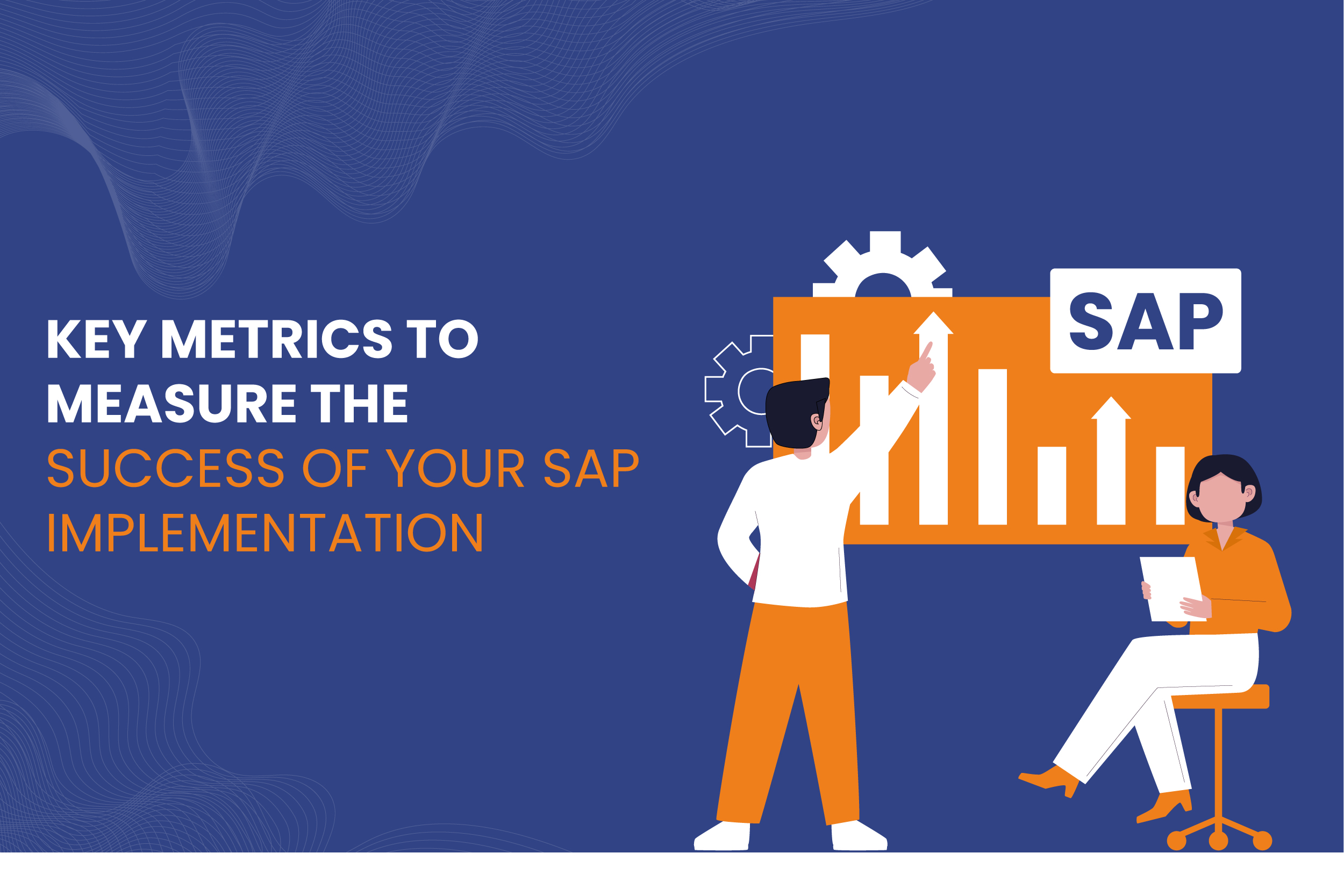
Implementing an SAP system can be a transformative step for organizations aiming to enhance their operational efficiency, streamline processes, and improve data visibility. However, success in an SAP implementation goes beyond simply completing the project on time and within budget. It involves measuring and analyzing key performance metrics that provide insight into how effectively the system is being utilized and whether it meets the organization’s objectives.
Read More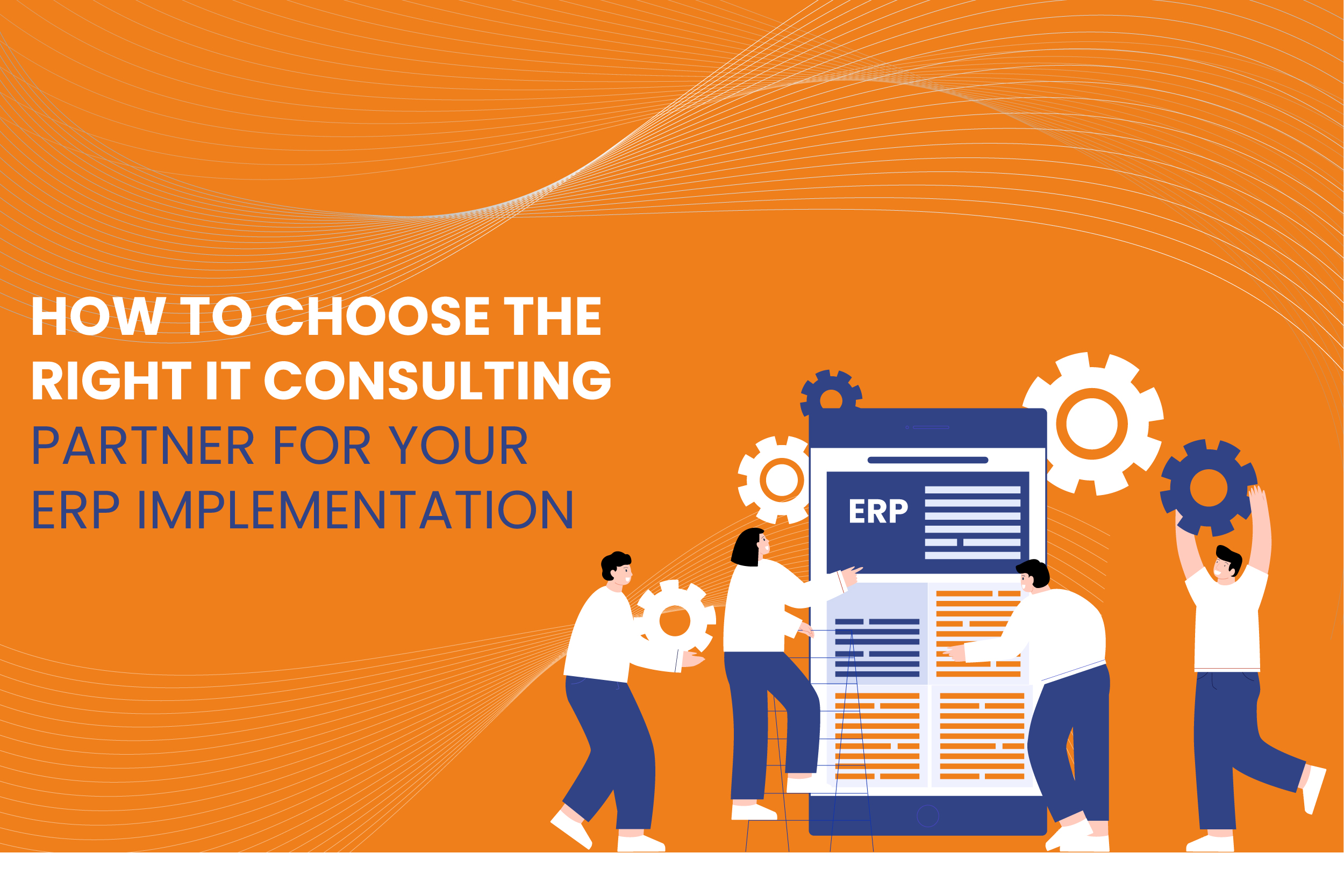
In today’s fast-paced business environment, efficient systems and processes are vital for success. Enterprise Resource Planning (ERP) systems like SAP are central to this, helping organizations streamline their operations, manage resources more effectively, and drive productivity.
However, ERP implementation is a complex and often challenging process that requires a skilled IT consulting partner to ensure success. Selecting the right IT consulting services for your ERP implementation, especially for SAP, can make the difference between seamless integration and costly disruptions.
Read More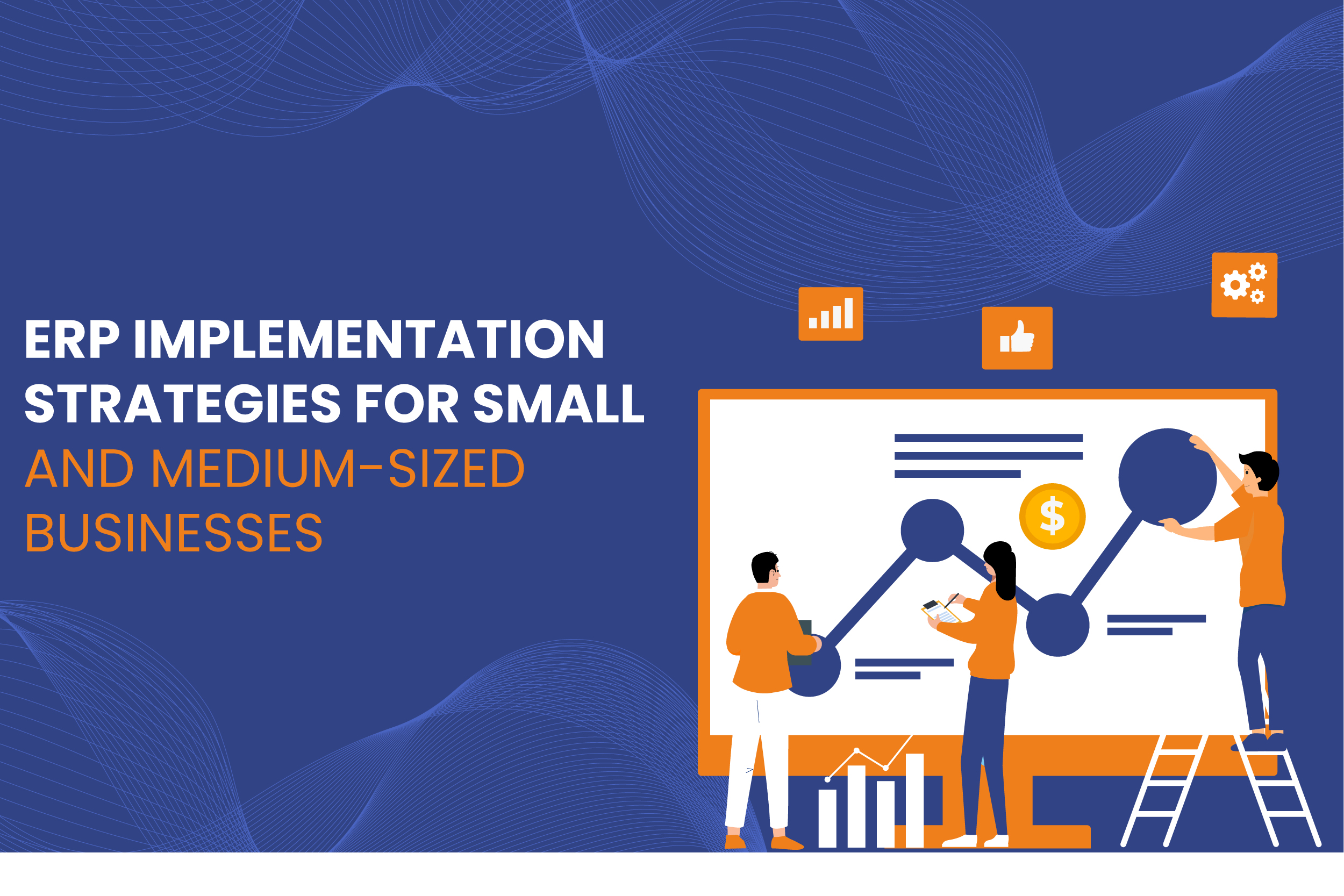
ERP systems have become indispensable tools for businesses looking to streamline operations, improve efficiency, and maintain a competitive edge. However, implementing ERP solutions can be daunting, especially for small and medium-sized businesses (SMBs) with limited resources.
The complexity of the process, cost concerns, and the need for seamless integration across departments pose significant challenges. To overcome these, SMBs must adopt tailored ERP implementation strategies that align with their unique requirements.
Read More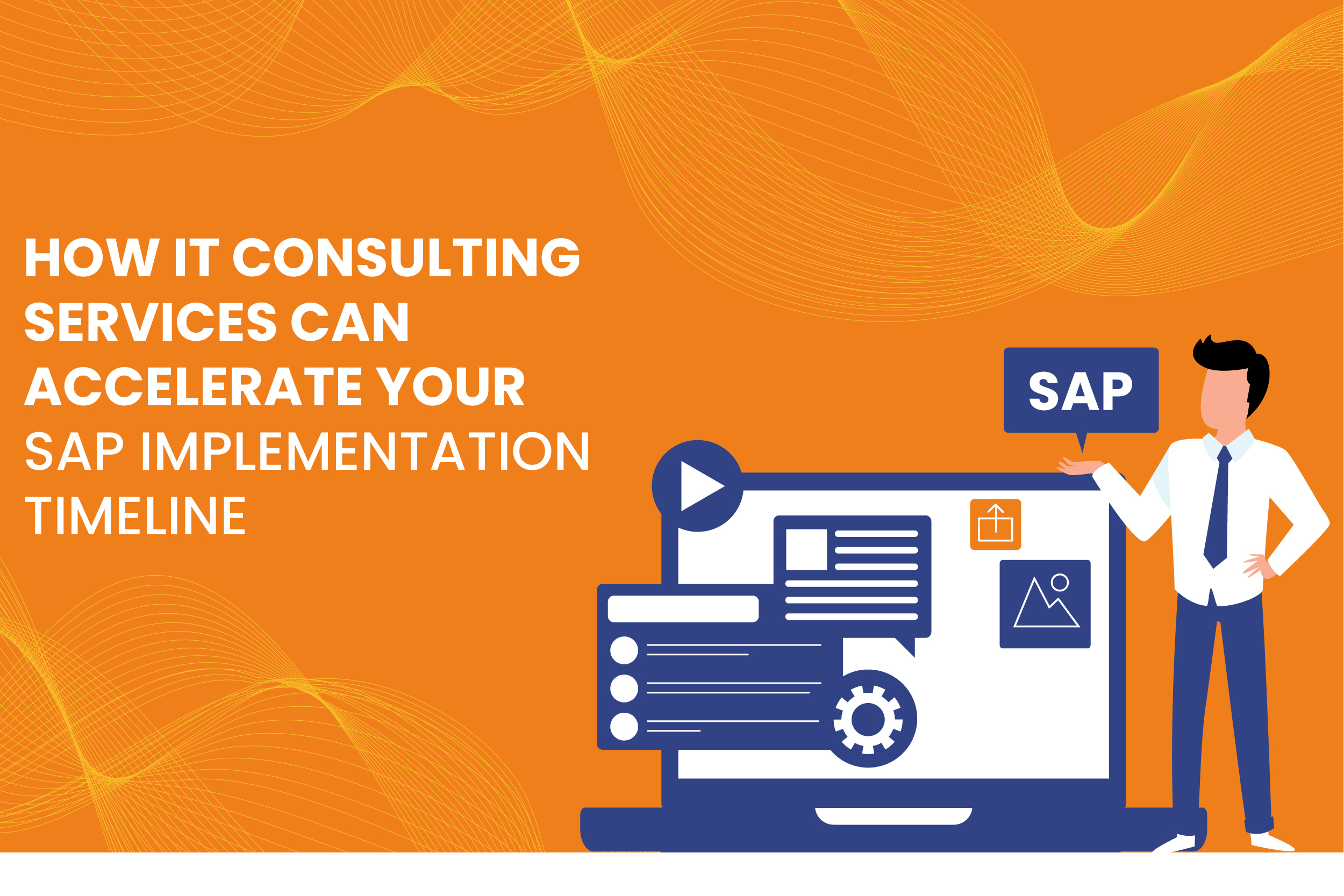
In today’s fast-paced business environment, Enterprise Resource Planning (ERP) systems like SAP (Systems, Applications, and Products) are crucial to streamlining operations, improving efficiency, and supporting growth. However, the process of SAP implementation can be complex and time-consuming, often putting a strain on internal resources.
This is where IT consulting services come into play, providing the necessary expertise and support to accelerate your SAP implementation timeline. By leveraging specialized knowledge and proven strategies, IT consulting services can significantly shorten the time required for successful SAP deployment, helping organizations stay competitive and responsive to market demands.
Read More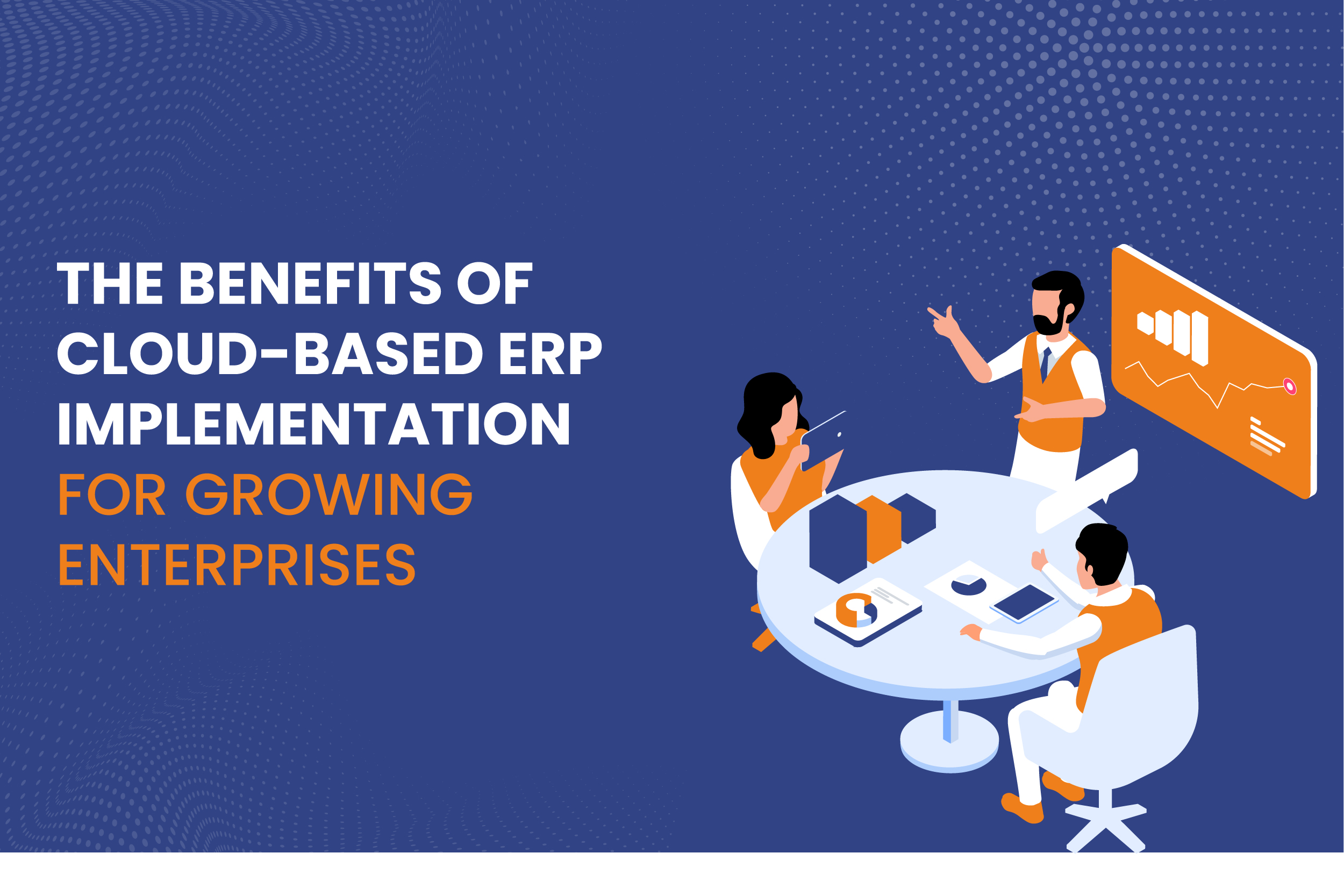
As enterprises scale, managing resources, streamlining operations, and maintaining flexibility become crucial challenges. To address these challenges, businesses increasingly turn to cloud-based Enterprise Resource Planning (ERP) systems.
ERP solutions have long been vital in centralizing various business functions like finance, human resources, supply chain management, and customer relations into a unified system. In recent years, the shift to cloud-based ERP systems has offered even greater benefits, particularly for growing enterprises.
Read More
Implementing an Enterprise Resource Planning (ERP) system like SAP can significantly transform an organization’s operations, boosting efficiency and data accuracy. However, an SAP implementation is a complex process that requires meticulous planning and execution. Many companies fail to realize the depth of such projects and commit avoidable mistakes that lead to delays, cost overruns, and frustration.
Read More
In today’s competitive business environment, organizations must be equipped with efficient, reliable, and scalable systems to manage their operations. Enterprise Resource Planning (ERP) solutions provide companies with the tools to streamline their processes, integrate various departments, and enable data-driven decision-making.
Among the vast array of ERP solutions, SAP is one of the most well-known, but it’s not the only option. Businesses must consider whether SAP or another ERP solution is the right fit based on their unique needs.
Read More
Enterprise Resource Planning (ERP) systems have become the backbone of modern business operations. Whether it’s handling financials, human resources, supply chains, or manufacturing processes, ERP solutions streamline and automate vital business functions, fostering efficiency and growth. SAP, one of the leading ERP platforms, is often the go-to choice for organizations due to its robust and customizable features. However, ERP implementation—whether SAP or another system—is not without challenges. This is where IT consulting services play a pivotal role.
The complexities of ERP implementations require specialized expertise, and IT consulting services provide the technical know-how, strategic planning, and ongoing support that are critical to successful deployment and long-term functionality.
Read More
In the rapidly evolving business landscape, enterprise resource planning (ERP) systems are essential for companies looking to streamline operations, improve data accuracy, and enhance decision-making processes. As we look toward 2025, the future of ERP implementation is promising, with significant trends emerging that are reshaping how organizations deploy and manage their ERP systems. From advancements in SAP implementation to innovations in IT consulting services, businesses must keep a keen eye on these trends to remain competitive.
Read More
Leave a Reply